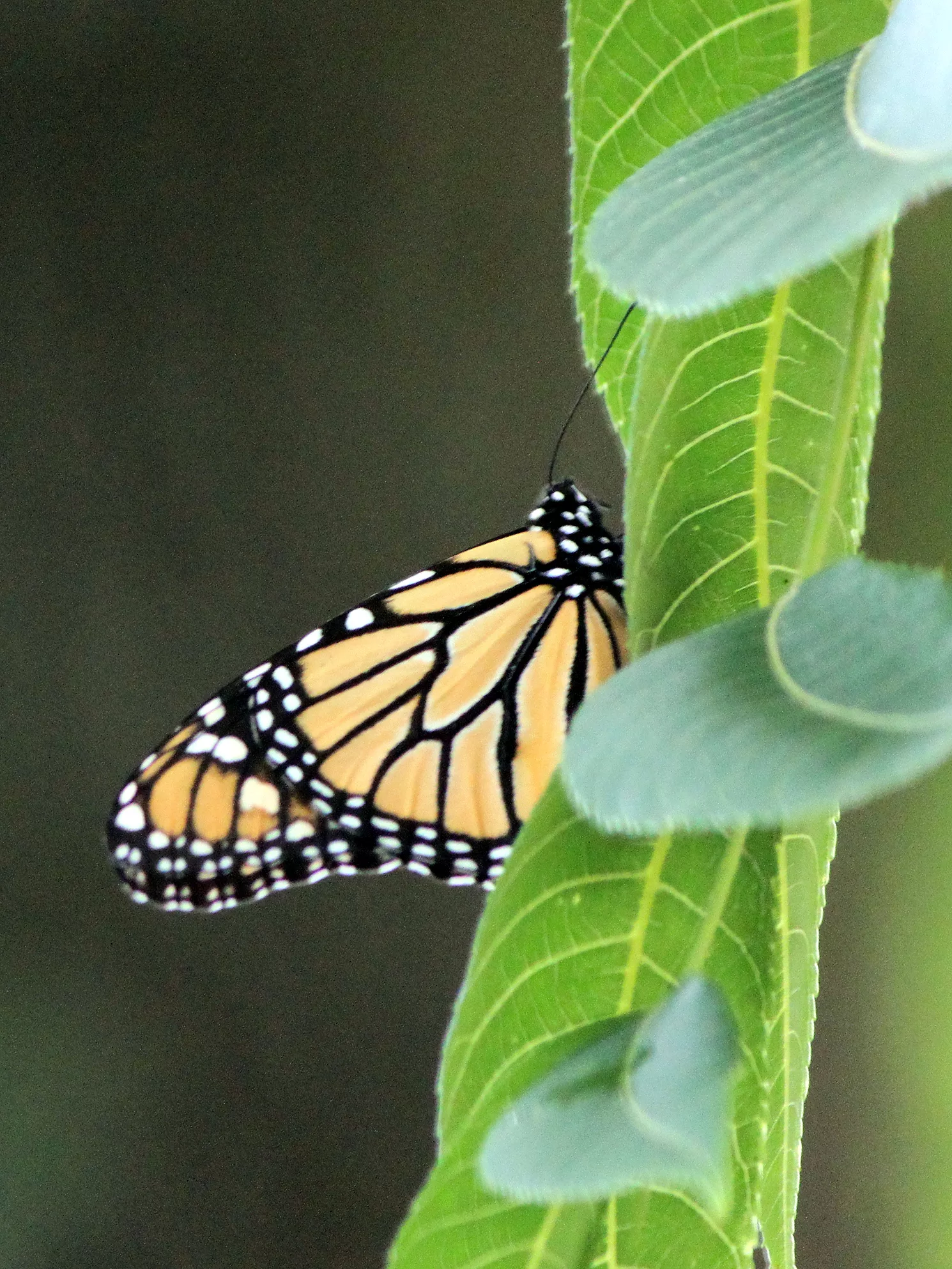
Great and Small. From saving grizzly bears to butterflies and the spaces they (and we as people) need, the efforts of individuals looking to preserve species, ecosystems, wild places, and our ways of life and activities that interact with them all come from people with concerns. Simonson Photo.
By Nick Simonson
If you look back at the last 20 years, you’ll see some pretty incredible turnarounds in the wild and across the globe that humanity has engineered. While some of these one-eighties have been caused by our own short-sightedness, greed, and lack of care for the planet and creatures we share the world with, others have just been reactions to changes we simply did not want to see. In many of those cases, the combined will and more importantly, the cooperation between individuals, agencies, groups, and in some cases, nearly every single country in the world, have helped to make a change for the better.
Whether it’s regional issues like wolves in the north woods of Minnesota, bald eagles soaring from sea to shining sea, lake sturgeon on the Rainy and Red River, grizzly bears throughout stretches of the Rocky Mountains, or worldwide concerns like sealing up a hole in the sky by a coalition of scientists, and amazingly, governments; the success stories we have seen in relation to threats to our wildlife, wild spaces and ways of life related to them have all come on the backs of those who identified an issue, searched for ways to solve it, and then executed against the scientific method and a proposed plan to save the day.
All the solutions to these situations of missing birds and mammals, of decreased sightings, and even dwindling hunting opportunities for game started with the voices of concerned conservationists, scientists and sportsmen. Can you imagine the effort it took in organization and coordination to bring these turnabouts into being? It’s no small task when you think of what was required in terms of figuring out why – the use of DDT and its impact on eggshells or the release of CFCs which literally ate into the sky above us for example – and then muster the courage to stand up and say something, in the hopes that more than 100 countries would come together to save a symbol of freedom or the very atmosphere we breathe? It’s likely shocking by today’s standards, but still serving as the guidance that each of these efforts starts small and grows into something bigger.
It starts with one voice – your voice. It starts with small actions – your actions. Hunters and anglers are by their nature curious individuals. They see a deer stop on a trail and turn left instead of right, wonder why, and set a plan in motion for the next hunt, before even getting off the stand. They pick through the tumblers of the lock on the jaws of fussy walleyes until something clicks, and the right lure, bait or presentation begins triggering a bite. They plant a pot or a parcel of milkweed in hopes that more monarchs come to be next summer when none showed up the season before. It’s that same armchair science that helps them and society at large identify a problem, bring it to the surface, kick it around for a second, and come up with a plan to solve it. It’s likely if you’re reading this you’ve done that more than once when in the field, on the water, or when thinking of ways to make the world grassier, greener, or filled with more of the wonderful wild things you want to see.
Take some time in the coming weeks as the snow recedes, green shades creep back onto the landscape, and those first sightings of Canada geese (a success story in their own right), puffed up roadside rooster pheasants, a rogue moose, or some other exciting species of wildlife takes center stage as the season progresses. Odds are you want to see more of them and more of the places that sustain them. Organize a clean-up, sponsor a plastic recycling program, advocate for ANS awareness, voice your concerns over CWD, work for regulations to limit emissions into our air and water, think of a new way of doing old things better and cleaner, teach a youngster how to fish and the science and conservation practices that allow that bass or bluegill to be thanks to clean water and healthy lands, and you’ve started something good. All of our great success stories in the wild started with actions like those and with the concerns of people like you, whether you hunt, fish or just like watching the natural world around you from a trail on a hillside away from town, or out your picture window. The results that have saved a species in the last 20, 40 or 100 years – be it a wild one or our own – all have come from individuals who think and act with their hearts and minds, identifying the problem, working with others to make the wild world better, and then looking ahead to figure out what the next success will be…in our outdoors.
